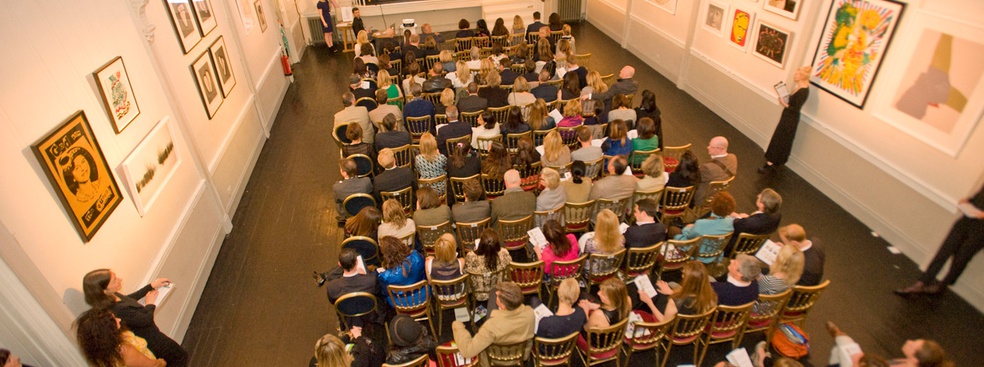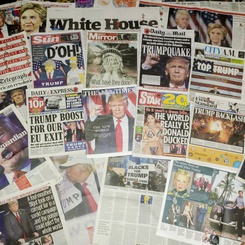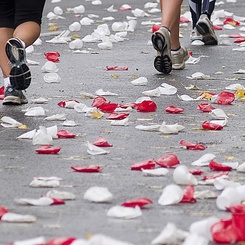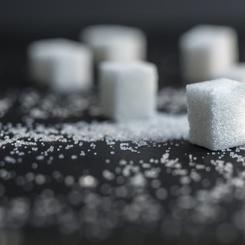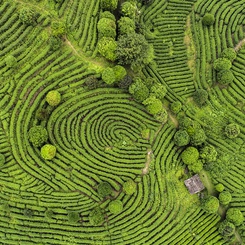In 1913, the Paul Cézanne’s “View of the Domaine Saint Joseph” became the most expensive painting ever sold when it was acquired by the Metropolitan Museum for $6,700. Adjusted for inflation, this would be roughly $163,000 in today’s dollars, and $875,000 adjusted to today’s GDP per capita: still a far cry from what one might expect to pay for paintings by the world’s most recognizable artists at auction today. Indeed, 100 years later, another of Paul Cézanne’s works, this time “The Card Players”, again set the record for most expensive painting of all time: this one sold for a staggering $274 Million!
This jump in value speaks volumes on today’s art market, the global economy, the growing divide that separates the masses from the world’s richest 1%.
A Leading High-End Market
Thomas Piketty’s “Capital in the 21st Century” is directing extraordinary level of attention to the long-term trend of increasing inequality in the distribution of wealth, as the rich are becoming richer and the poor – poorer, with the middle squeezed out of its comfortable postwar existence and vulnerable to economic downturns. This trend has broad social consequences, reaching into the realms of political representation, mobility, consumption and cultural tastes. Probably its most visible and discussed manifestation is the rise of populism and the widening rejection of political elites for their perceived inability to stem the tide. But the mechanisms of economic inequality are also important for their impact on the manner in which resources are distributed in other social domains, such as the arts.
The art market provides a particularly poignant illustration of the operation of underlying structural processes, such as market fragmentation and social differentiation, leading to growing uncertainty in the valuation of art. In the last decade the confluence of wealth concentration, transnational financial flows and weak regulatory oversight has contributed to widening disparities between different parts of the art market. The increasing concentration of sales at the very high end is perhaps most indicative – as recent auction data reveal, fewer than one-quarter of one percent of artworks sold at auction last year garnered more than one-third of total sales. Market cohesion is decreasing - as the high end continues to grow even in times of recession, the middle and the low end are losing steam.
There are aspects of the processes of market fragmentation and wealth concentration that are associated with positive social developments. Perhaps the classic example is the manner in which the ruling Medici family in Renaissance Florence disposed of its banking fortune to stimulate new forms of art, contributing to unprecedented era of artistic achievement. However, there is also the danger of the establishment of oligarchy of taste and of domination by powerful private interests, with unwelcome consequences for artistic mobility and expression, and our engagement with art. The amount of money that can be leveraged in support of particular artists is astounding and unprecedented, rendering more and more obsolete the traditional aesthetic criteria used in art evaluation and the established mobility channels for emerging artists. The high-end market is borrowing generously from the luxury sector, as branding strategies and marketing clout reinforce investments. Consequently, what happens at the very top has little relevance for what happens below, increasingly divorced from both connoisseurship and popular taste. Arguably, the content of art has rarely mattered so little in pricing and regular museum goers have rarely had so little voice in determining what high-quality art is and how much it is worth.
Back to the Late 19th Century
In both Europe and the United States the public policy in the cultural industries over the last decades has emphasized “democratization” – enhancing the relevance of artistic content to a broader audience and reinforcing connections to the middle and lower income groups. However, as these are losing ground and top earners are pulling away, questions arise about the future of cultural industries and their response to deepening social differentiation. In conditions of increasing wealth concentration, as the social structure of our societies begins to resemble that of the late 19th century more so than that of the mid 20th century, many of our assumptions and the relevance of our established funding models will inevitably have to be reconsidered.
In those days, social and economic privilege was intricately tied to artistic patronage. One of the most flamboyant and influential artistic companies of all times - Sergei Diaghilev’s Ballets Russes, was kept afloat for two decades in the early 20th century by the gifts of members of the aristocracy and banking families. Those in the audience contributed proportionately. The price list for a Ballets Russes performance at the Royal Opera House in London in 1913 reveals a remarkably wide dispersion of prices, reproducing the social structure of British society and the lopsided purchasing power of classes. Thus, the highest ticket price was for the “Grand tier box” – at 5 pounds, 5 shillings. Depending on the conversion method used, its current value ranges from 450 to 2450 pounds, exceeding by several times the highest price at the Royal Opera now (250 pounds). If our society is indeed returning to a bygone era of stark inequality, then together with their artworks expect the 1% to pay more for their opera too.
